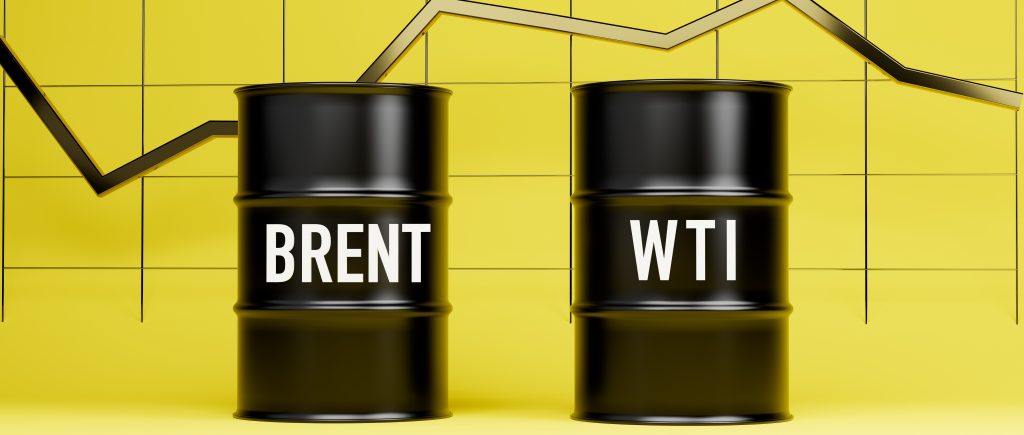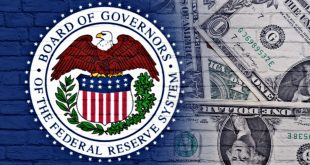WTI futures were trading at $70.98 per barrel. WTI prices are lower by 3.35% so far this year. In the past 24 hours, Brent futures have increased by 1.95% to trade at $74.11/bbl. Brent prices have dropped by 6.26% so far this year. Although prices for West Texas Intermediate have decreased in 2024, they have increased by 0.41% in the previous three months.
Background
On September 10, 2024, WTI crude hit its 52-week low of $64.78 a barrel. On September 27, 2023, it hit $95.52, its 52-week high. That exceeds the current futures price by 25.69%. The supply and demand dynamics affecting WTI crude prices also affect Brent crude oil, hence the two products’ long-term price charts are strikingly similar.
During the oil market boom in July 2008, the price of Brent crude oil reached an all-time high of $147.50/bbl. But on April 20, 2020, WTI futures contract prices fell as low as minus $40/bbl, mostly due to a shortage of storage alternatives in the United States during the COVID-19 epidemic. The day’s low for Brent futures contracts was about $25/bbl, although they stayed far above zero.
On September 11, 2024, Brent crude hit its 52-week low of $68.33 a barrel. On September 27, 2023, it hit $96.62, the 52-week high. That represents a 23.30% increase over the current futures price. The Federal Reserve’s significant reduction in U.S. interest rates helped global benchmark Brent crude rebound from its lowest point in over three years, which it reached last week. As a result, oil prices increased by almost 2% on Thursday.
By 2:06 PM ET (1806 GMT), Brent futures had increased by $1.17, or 1.6%, to $74.79 per barrel, recovering from levels below $69 per barrel the previous week. The price of US crude increased by $1.17, or 1.7%, to $72.08 a barrel.
On Wednesday, the US Federal Reserve lowered interest rates by 0.5 percentage points. Interest rate reductions usually increase demand for energy and economic activity, but they were also interpreted by the market as an indication of a contracting labor market in the United States, which could slow down the economy. According to Tim Snyder, chief economist of Matador Economics, growing tensions in the Middle East have helped drive up crude prices. Hezbollah, an armed group in Lebanon, utilized walkie-talkies that exploded on Wednesday after pagers burst the day before. Security sources said that the Israeli intelligence organization Mossad was in charge, although Israeli authorities remained silent about the assaults. On Wednesday, the US Federal Reserve lowered interest rates by 0.5 basis point.
Rate Cut Factor
Interest rate cuts usually increase demand for energy and economic activity, but they were also interpreted by the market as an indication of a contracting labor market in the United States, which could slow down the economy.
Although U.S. exports could return sharply from last week’s interruptions from Hurricane Francine, the inventory reduction might pick more speed the next week. A counter-seasonal oil market deficit of about 400,000 barrels per day (bpd) will keep Brent crude prices in the $70–$75 per barrel region for the upcoming quarter. The weak economy of China was restricting the advances made by oil.
August saw a fifth month of slower refinery output in China, according to statistics bureau data released over the weekend. In addition, last month saw a five-month low in China’s industrial output growth, while new home prices and retail sales also declined.
Economic Outlook and Crude Oil Prices
Despite sharply declining stocks, crude oil prices have collapsed, indicating impending economic downturn. It’s possible that analysts believe a deep recession will hit by 2025, which would explain the negative outlook for crude oil. With its steep characteristic, a reversal is probably coming at some point.
Investor Caution
Since the economic picture is still unclear and has a negative impact on crude oil prices, investors should exercise caution. Despite an excess supply of both product and crude oil that is fast depleting, the price of crude oil has plummeted in recent days. Experts explained away weak economy through 2025.

 Noor Trends News, Technical Analysis, Educational Tools and Recommendations
Noor Trends News, Technical Analysis, Educational Tools and Recommendations




